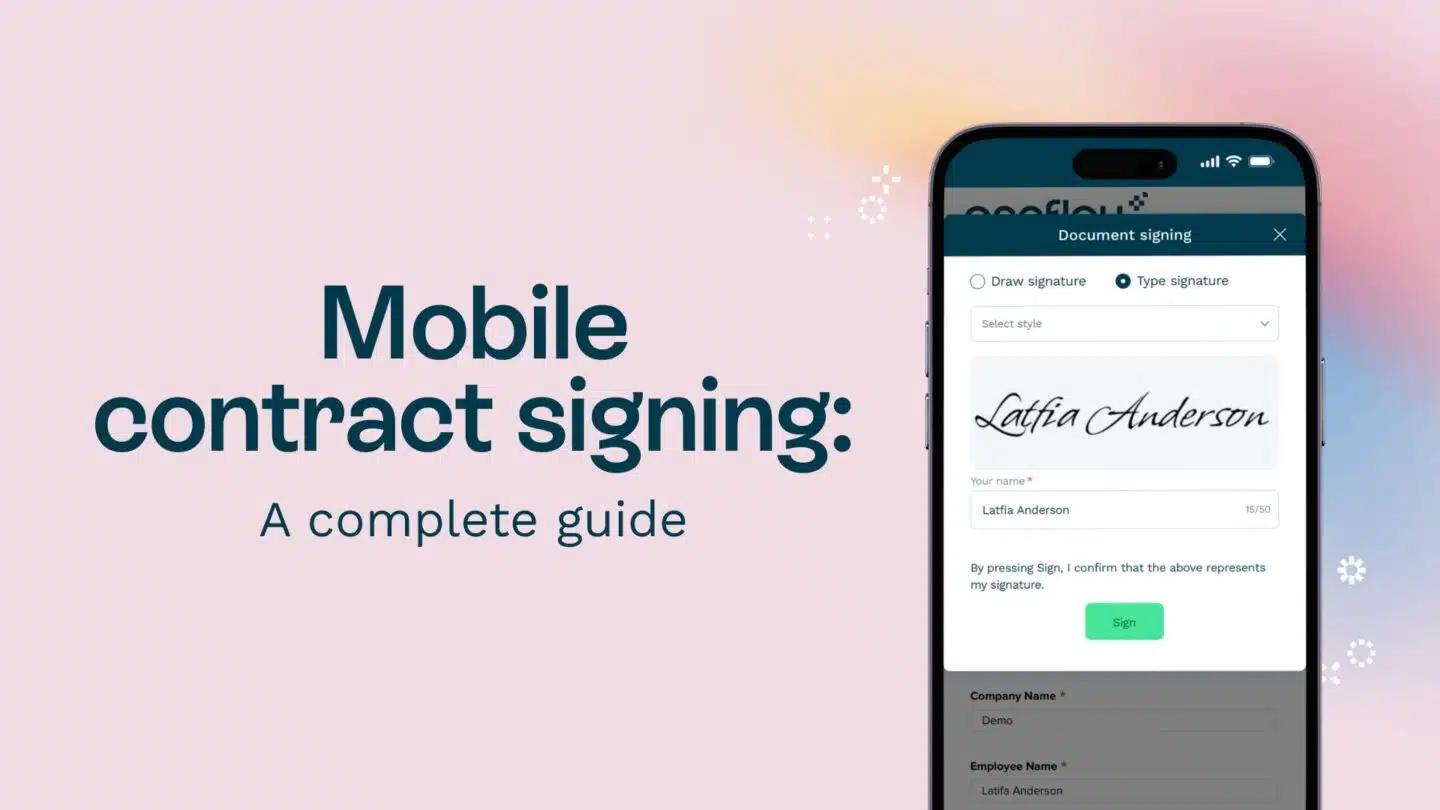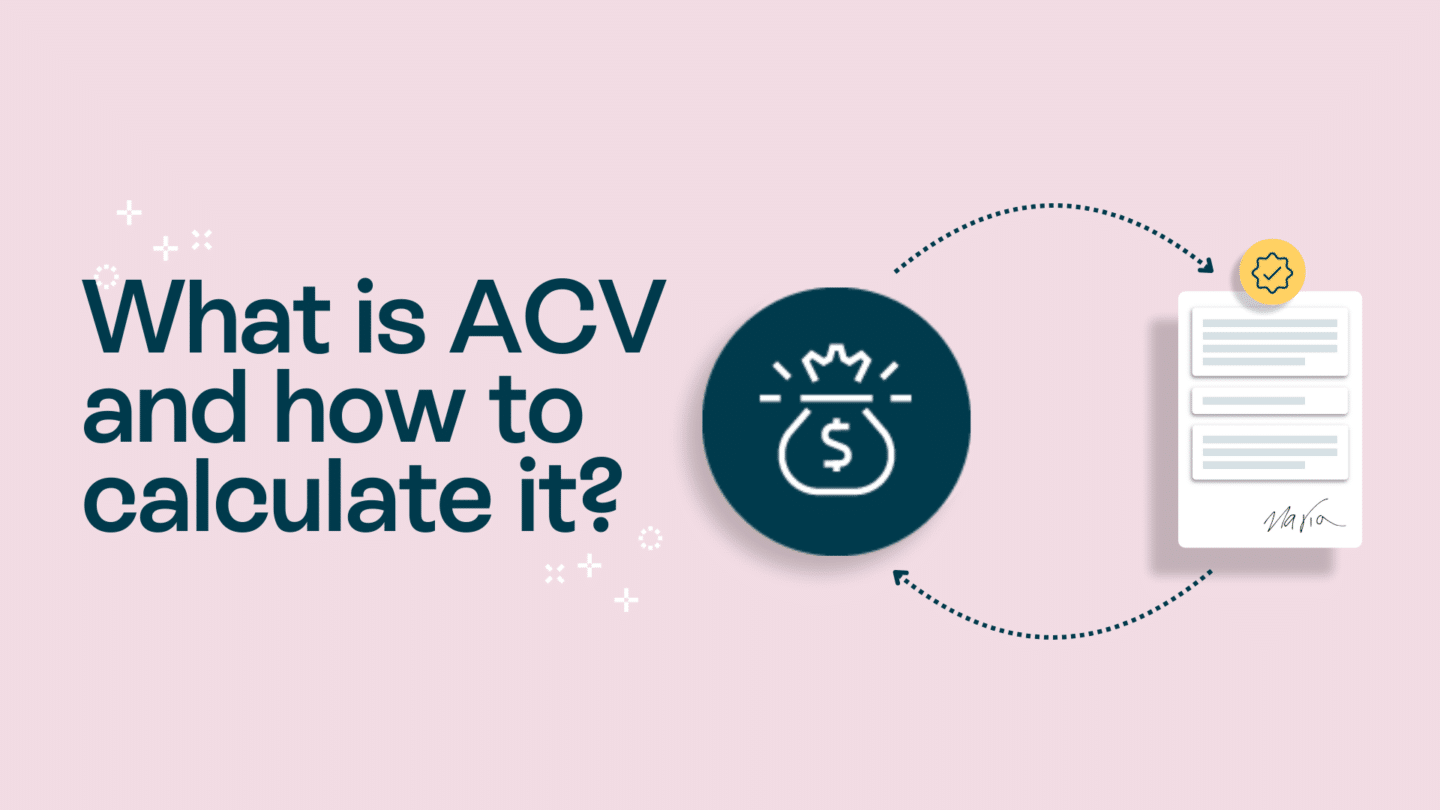B2B sales teams face unique challenges. Unlike business-to-customer sales, where the name of the game is tapping into people’s core desires, B2B sales involves offering your customers a concrete solution that will help their business make money.
Your sales team needs to be industry experts, armed with the information, knowledge, and structure to ensure that customers are seamlessly guided through every stage of their journey with you.
This article is a step-by-step guide on how to find the best B2B sales team structure so it can close deals and build customer loyalty.
What distinguishes an optimal from a suboptimal sales team?
Before we dive into how you can structure your team, it is essential to know if your team is performing well or under-achieving.
Signs your team may be underperforming
Let’s start by looking at some tell-tale signs that your team is performing suboptimally.
Low close rates
Is your team failing to close deals and bring in sales? How is your team performing in comparison to other businesses in your industry or other teams in your company?
According to ebsta’s 2024 B2B Sales Benchmark, an average of 69% of sales reps are missing their quotas this year, despite those quotas being smaller compared to last year.
Lack of specialised knowledge
Given the nature of B2B sales, your team needs to have an in-depth level of knowledge of your products and the industry as a whole. It doesn’t matter how desirable your product is; if your team can’t explain why it will help your customer’s business and earn them money, they will struggle to bring in sales and maximise revenue.
Poor customer loyalty
Once a lead has been converted, is your sales team struggling to keep them on board? While there might be many explanations for this, canceled subscriptions or the lack of repeat orders are signs that your sales team isn’t performing optimally.
Read also: Introverted salespeople: How they can be your secret weapon

Qualities of optimised teams
The following qualities are signs of a high-performing sales team.
Detailed knowledge of your customer’s needs
A great sales team understands what your customers require to run their business and has the product knowledge required to solve your customers’ problems.
Seamless synchronisation
Do members of your team possess an intimate knowledge of your product line? Does the team understand what your customers require at each stage of their journey with you as a business?
Customer-focused
The days of the hard sale are over. Today, customers expect to be listened to and understood. The best sales teams offer customers what they want, with a customer-centric approach that focuses on customer experience and puts their needs first. When your customer has a problem, you want to be the one they turn to for a solution.

How to create a high-performing B2B sales team structure
Once you’ve reviewed your sales teams’ strengths and weaknesses, what can you do to restructure for optimised performance and high-level results?
1. Define sales goals based on market and customer analysis
The first thing you need to do is to decide what your goals are. After all, what’s the use of a roadmap if you don’t know where you’re going?
It also pays to be aware of potential issues beyond your sales team. For example, is your production team ready to meet the demands of an increased number of customers, or will you need to address any supply chain issues? These could affect how you decide to structure your team.
2. Set revenue, market penetration, and acquisition cost targets
Once you’ve decided what you want to achieve, setting clear goals with measurable objectives is vital. Your new team needs to know what they are aiming for and how well they’re doing. Knowing this will also allow you to adjust your strategy to ensure you’re heading in the right direction.
Read also: Sales Tech Stack? What does this jargon even mean?

3. Different B2B Sales Teams Structures
Now that you’ve sorted out the details, it’s time to pick a B2B sales team structure that suits your product, business model, and company size. In general, there are three basic structures to consider.
Island structure
This is the simplest and most traditional B2B sales team structure, with a sales manager overseeing reps who work alone. Each rep is responsible for generating leads, qualifying prospects, closing deals, and handling customer care and order capture.
Advantages:
- It’s easy to implement.
- It involves very little oversight, as each sales rep must self-manage.
- It leads to good customer loyalty, as customers get to know your sales reps one-on-one.
Disadvantages:
- You may struggle to get the feedback or detailed metrics you need to manage your sales team.
- It’s difficult for managers to control how the business is represented, as reps operate more independently.
- Customer loyalty may be to the rep, as opposed to your business, which can be problematic when team members move on, especially if they take customers to competitors.
Assembly line structure
Another popular method is the assembly line, where different people are responsible for each stage of the sales process. So, in a simple setup, you may include:
- Lead Generation Team: Responsible for developing leads and gathering data.
- Sales Development Representatives: Responsible for reaching prospects, qualifying leads, and identifying customer needs.
- Account Executives: Responsible for giving demos, managing objections, and closing deals.
- Customer Service Team: Responsible for onboarding, account management, and order capture.
This model is great for B2B sales team structure for growing companies and expanding sales rapidly.
Advantages:
- Job specialisation makes them highly efficient.
- It’s easy to measure key metrics.
- The interchangeability of individual team members makes remote selling more viable.
- It makes it easier to isolate problems in the funnel.
Disadvantages:
- The structure is difficult to replicate in smaller companies.
- It can lead to a less personalised experience for customers.
- It is more difficult to ensure a seamless transition between stages.
Pod structure
The final structure is the pod structure. This hybrid B2B sales team structure consists of teams or pods consisting of a limited number of specialists. This structure is perfect for businesses with complex products and long sales cycles.
Advantages:
- It facilitates very smooth transitions between stages, as small groups take a holistic approach to managing the sales process as a whole.
- Some job specialisation makes them more efficient than the island structure.
- It’s more flexible and agile than an assembly line structure.
- It contributes to increased customer loyalty, while minimising the risk of that loyalty being tied to a specific rep.
Disadvantages:
- It can restrict opportunities for reps to advance and grow.
- Less competition may lead to complacency in pods.
- There’s less specialisation compared to the assembly line structure, which makes them less efficient.

4. Hire B2B professionals with relevant skills and experience
Once you have decided on a B2B sales team structure, you must assess which specialisations you are missing. Using ATS and CRM systems may be particularly useful here to help you ensure you get people with the right skills.
5. Provide continuous training and upskilling for your sales team
One significant advantage of restructuring your team is that it can create new opportunities for your team to grow and learn. Try to foster a culture of learning and encourage reps to expand beyond the positions they are in. Team members with an understanding and appreciation of the challenges of other people’s roles help reduce departmental siloing.
Read also: Maximising your sales potential: The ultimate guide to effective sales management

6. Align marketing and sales efforts to specific client needs
It’s easy to introduce a disconnect between your sales and marketing teams when developing or reshaping dedicated B2B sales team structures. This disconnect can confuse customers if they’re receiving conflicting messages from your sales and marketing departments, which may undermine credibility.
To combat this, make sure that your sales and marketing teams meet regularly. Consider using cross-departmental open forums and collaborative projects to foster an open environment where people can share ideas.
7. Encourage transparency and regular team communication
The risk of disconnection goes beyond departments, too. While healthy competition can push individual teams to achieve more, transparency between teams is vital to maintaining a smooth transition between stages. It’s important that everyone knows they’re all on the same team, fighting for the same end result.
8. Implement sales enablement tools and CRM technologies
With more complex B2B sales team structures, technology is vital to ensure everyone has the information they need to provide a seamless journey for their customer. The most important is Customer Relationship Management (CRM) software.
CRMs do more than just store customer information. They ensure that each team member has the information they need at their fingertips during every customer interaction, from names and addresses to orders, transaction histories, and notes about any past interactions and problems customers may have had with your company.
Other integrations, such as CRM with VoIP integration, can make it easier and more efficient for reps to make calls while enabling remote working. Integration with ATS software and contact management tools ensures that all stages of your business are linked, with information freely available to reps.

9. Establish performance management and continuously adapt strategy
Once you have established your teams, it’s crucial to ensure that you monitor performance and remain responsive to new data. Teams change, technology changes, markets and customers change.
By monitoring your KPIs, you can ensure that you and your teams can adapt to new situations and that you’re agile enough to handle any changes the world may throw at you. It’s also worth exploring new tools like AI for recruitment to improve your approach to hiring new sales team members in the future.
Conclusion
Is your team optimised, or are they showing any tell-tale signs of underperformance? If so, you may need to determine how you structure your sales teams. Choosing the right B2B sales team structure for your business can improve efficiency, ensuring you get the most from your reps.
_______________________________________________________________________
Author Bio:
Natasha Thakkar brings over a decade of marketing expertise to her role as Content Marketing Manager at Oleeo, a tech company that specialises in producing recruitment software solutions.





